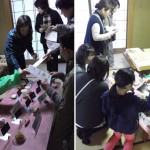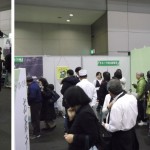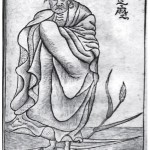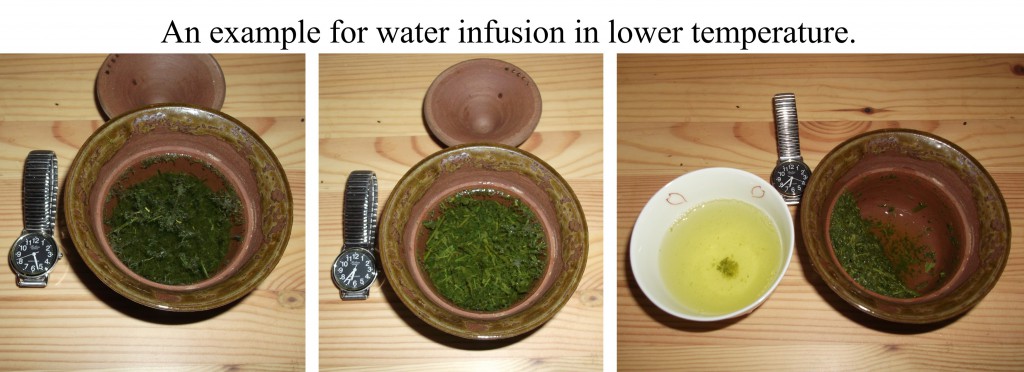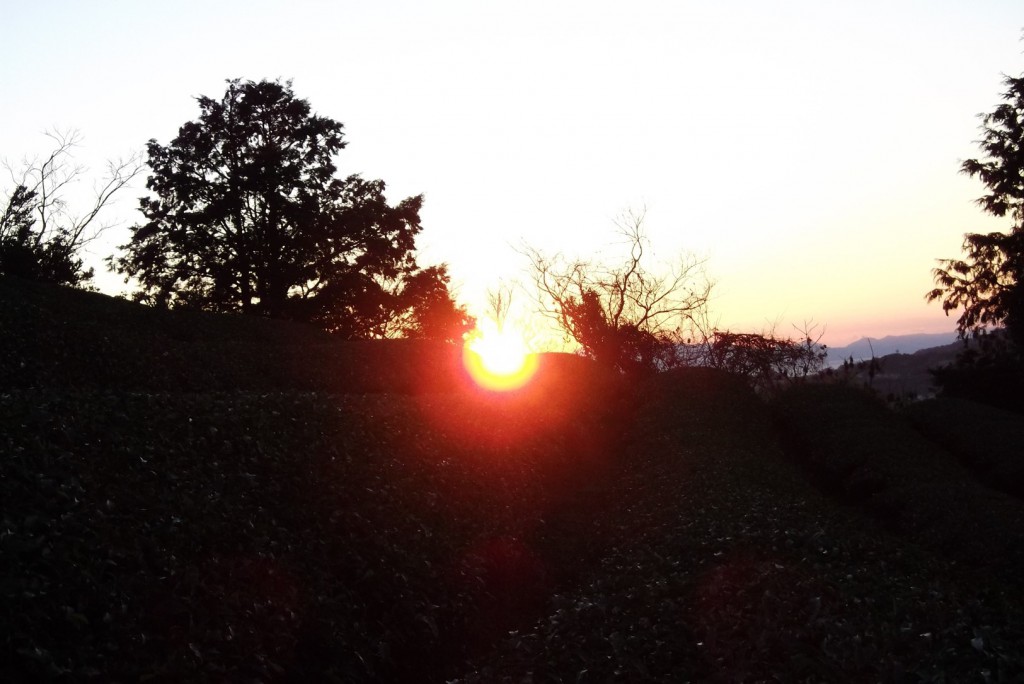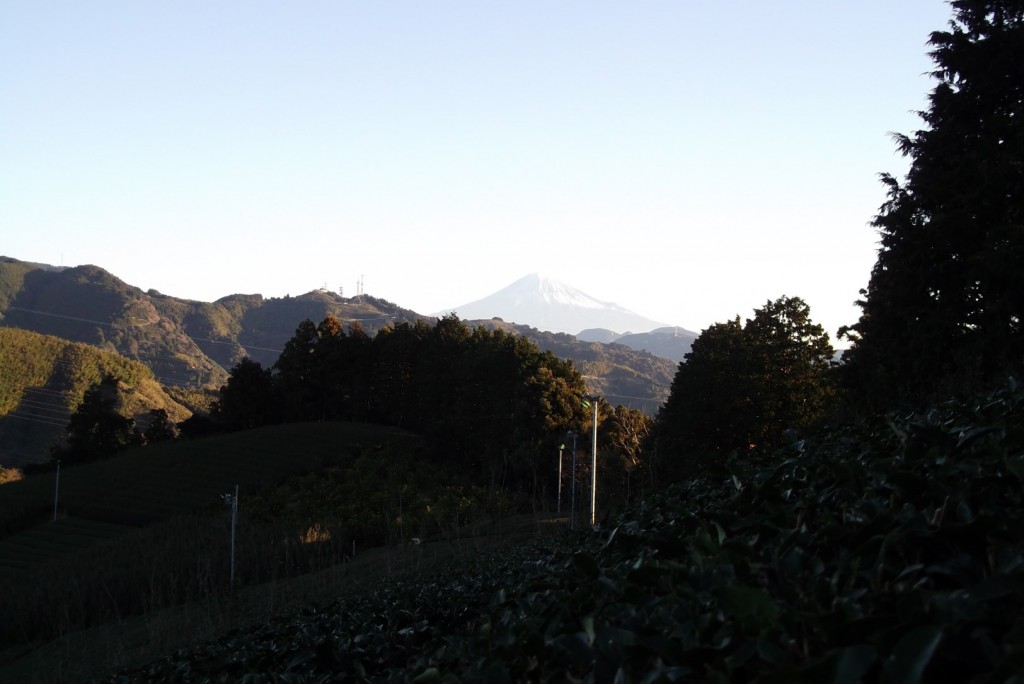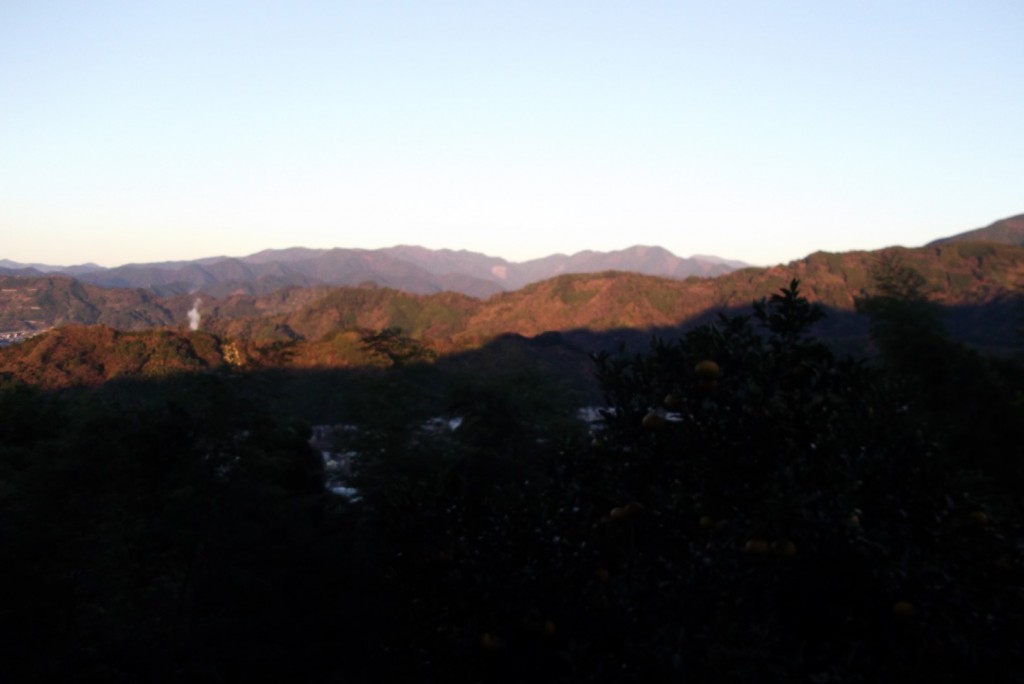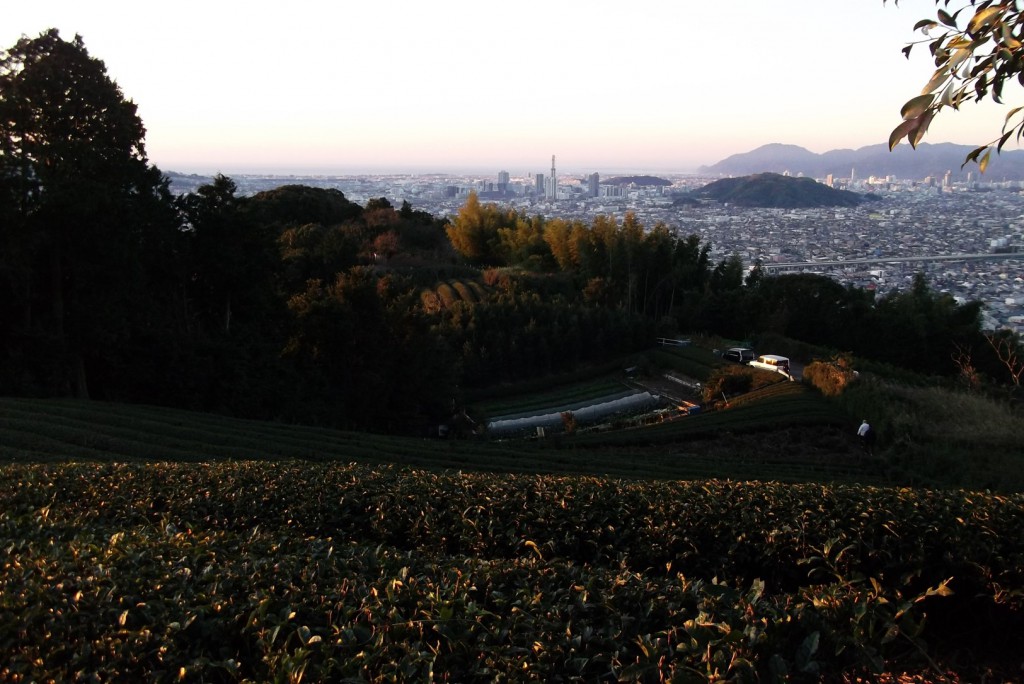On 25th Jan, two notables writing various articles for teas visited and enjoyed Makinohara distinct.
Fortunately, I could have the pleasure of sharing some time to go to each place along with them.
In World Tea Museum “Ocha No Sato”, we saw a variety of items related to tea cultivation, production, processing, ceremony, culture etc.
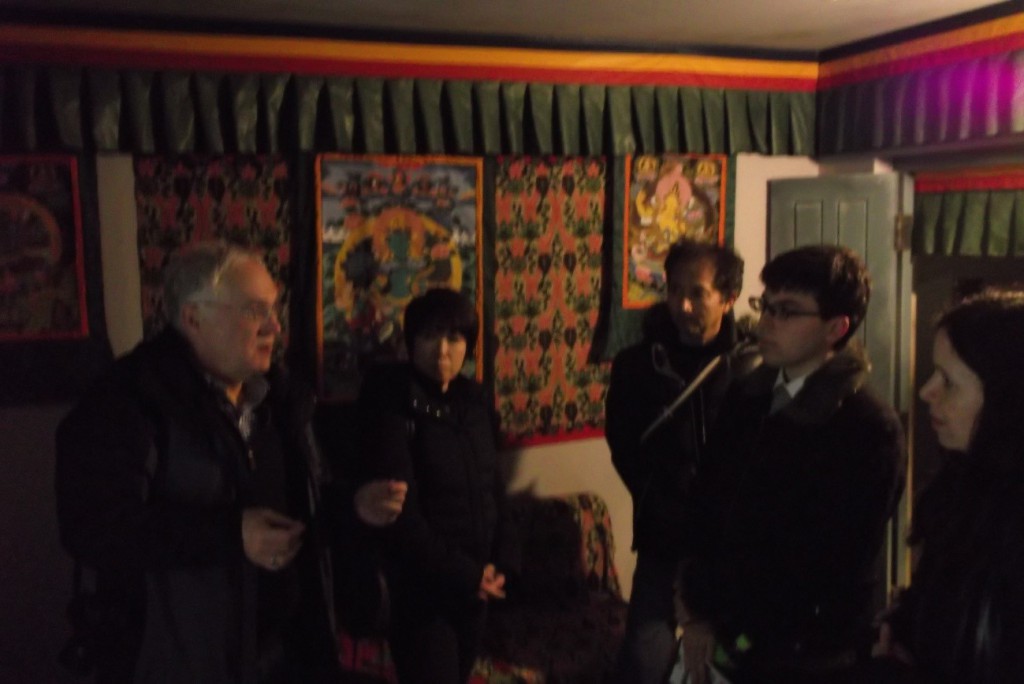
Mr. Richardson explained about tea culture in Mongolia.
From the left side, Mr. Richardson, Sakano-san, Yamamoto-san, Steven, Ms. Hardie, respectively.
Mr. Richardson, “the tea maestro” as he say, is the owner of “Elmwood Inn Fine Teas”, writing a lot about teas worldwide. “Maestro” is derived from his former job, musician.
Ms. Hardie is one of the most prominent tea writers in Canada. We can read her posts in “The Daily Tea”.
Sakano-san is the CEO of “Soft-Lab”.
Yamamoto-san is the president of Katsumata Kaitaku Tea Production Cooperative.
Steven is a prefectural officer belonging to the division of multiculturalism.
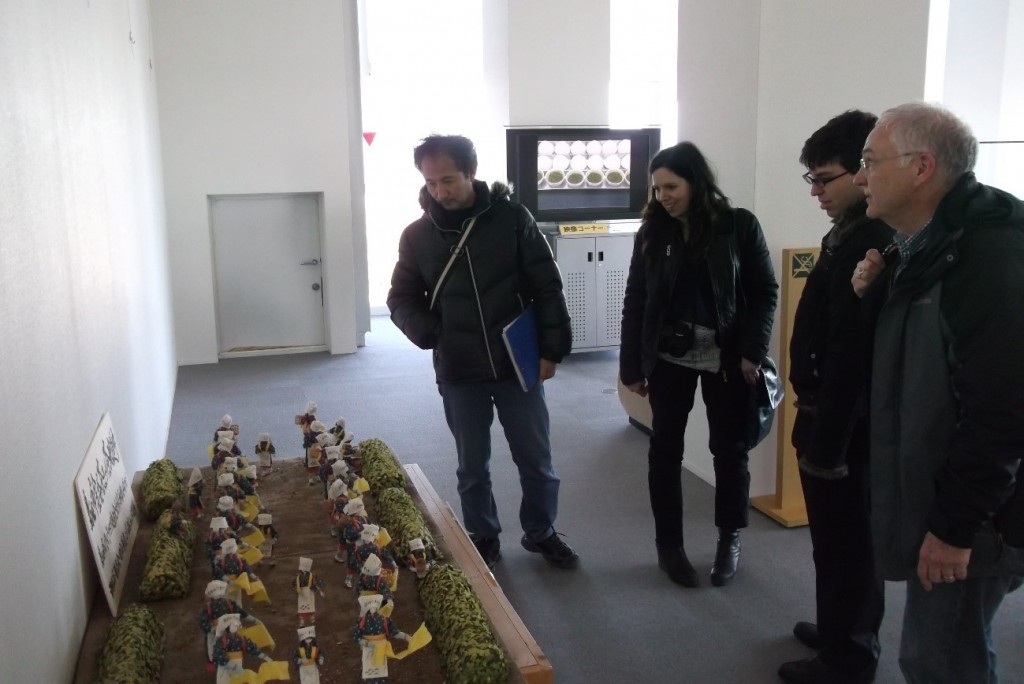
Yamamoto-san explained about the miniature expressing tea plucking in the past time.
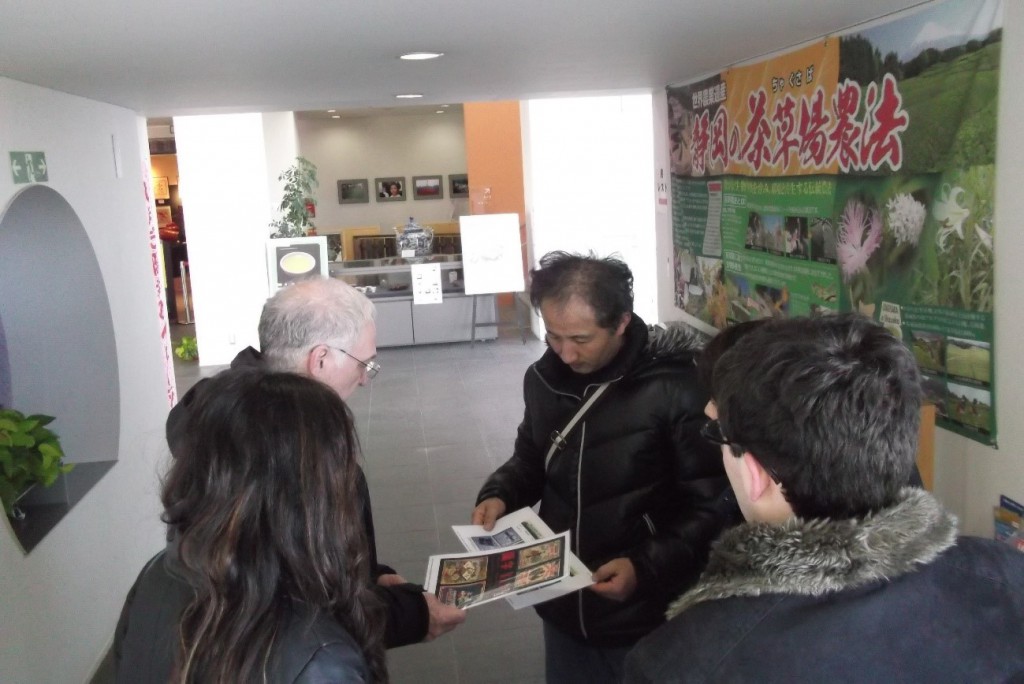
Yamamoto-san showed pamphlets illustrating “Ranji”, the special font of English described on the labels for the containers exported from Japan to foreign countries in the past time.
Beyond them, we can see the poster explaining about the traditional tea-grass integrated system so-called “Chagusaba Management”, which was designated as GIAHS (Globally Important Agricultural Heritage System) by FAO.
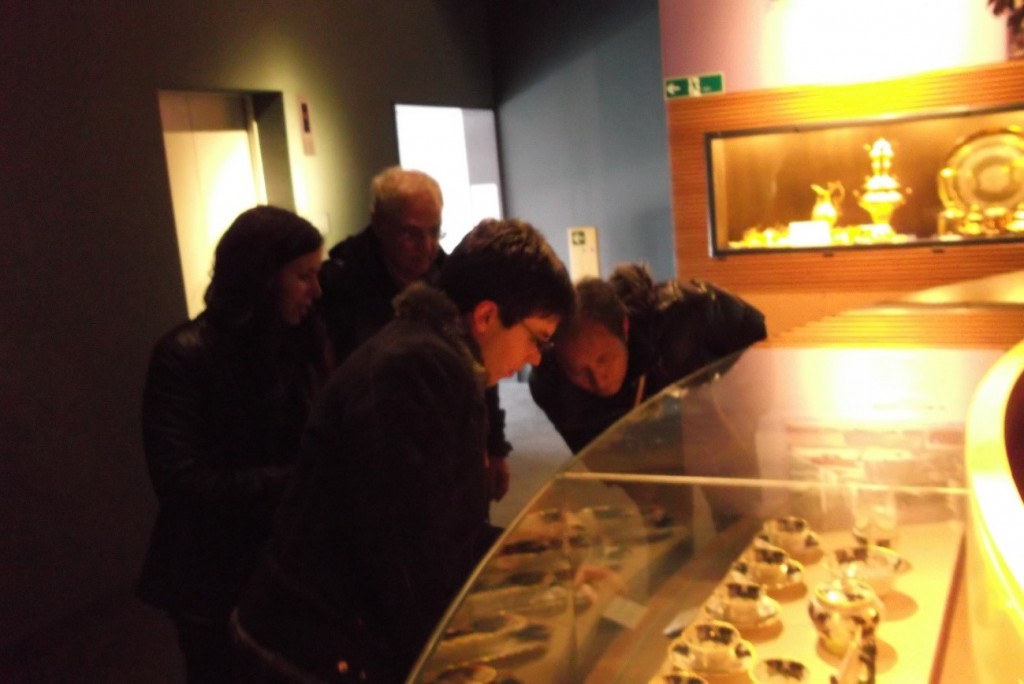
Various tea apparatus are exhibited.
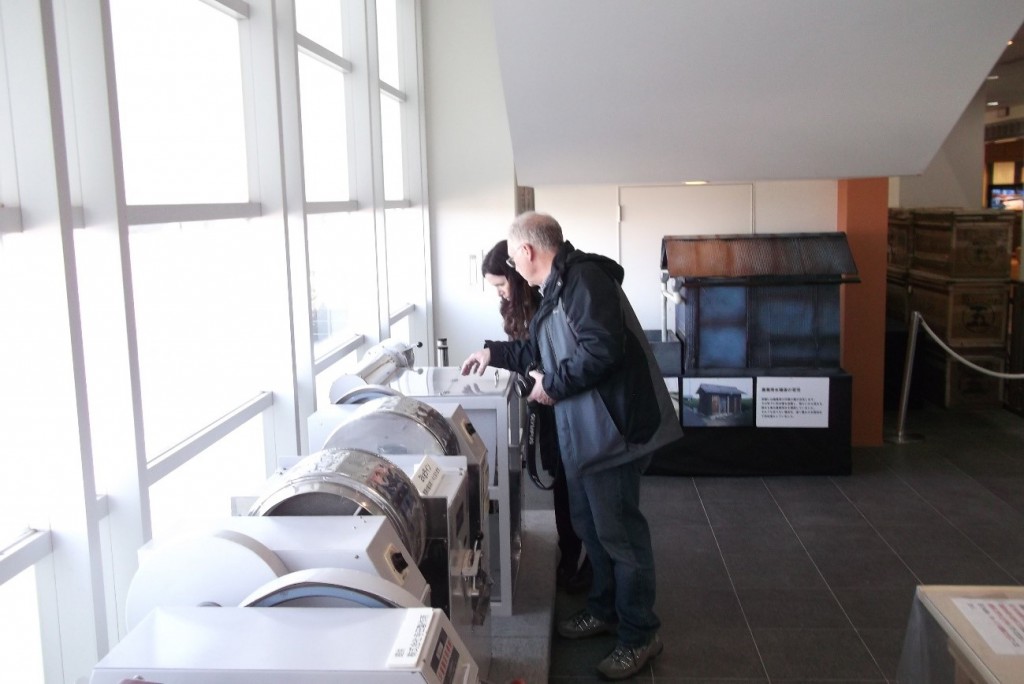
Mr. Richardson told Ms. Hardie the mechanism of rolling machine so-called “Sojuki”, which is used for rolling and drying process to produce “Sencha”, steamed green tea.
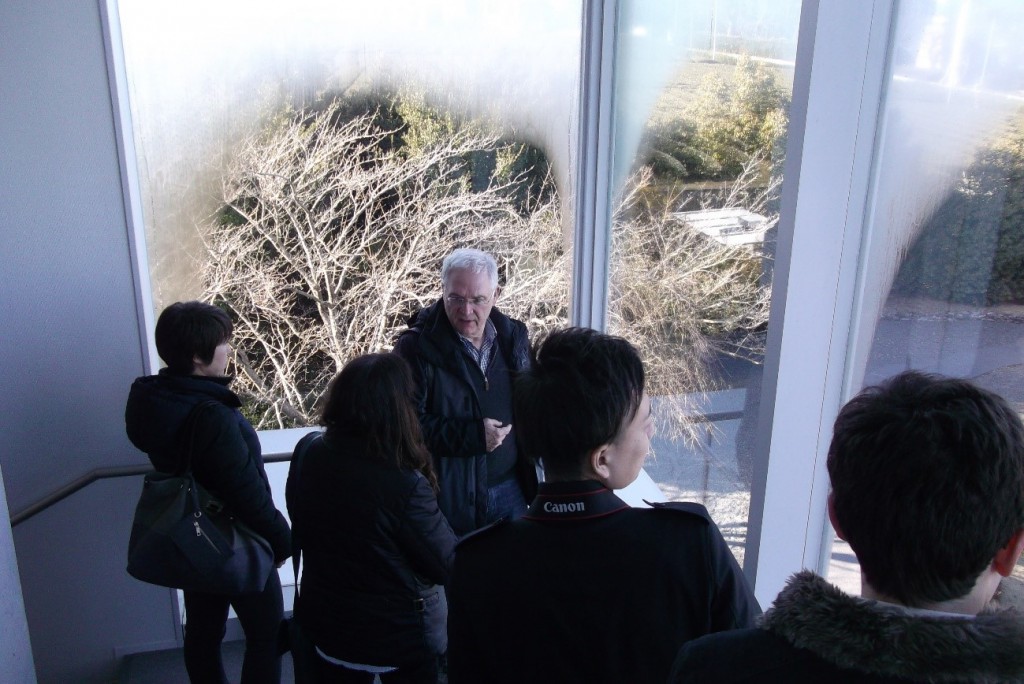
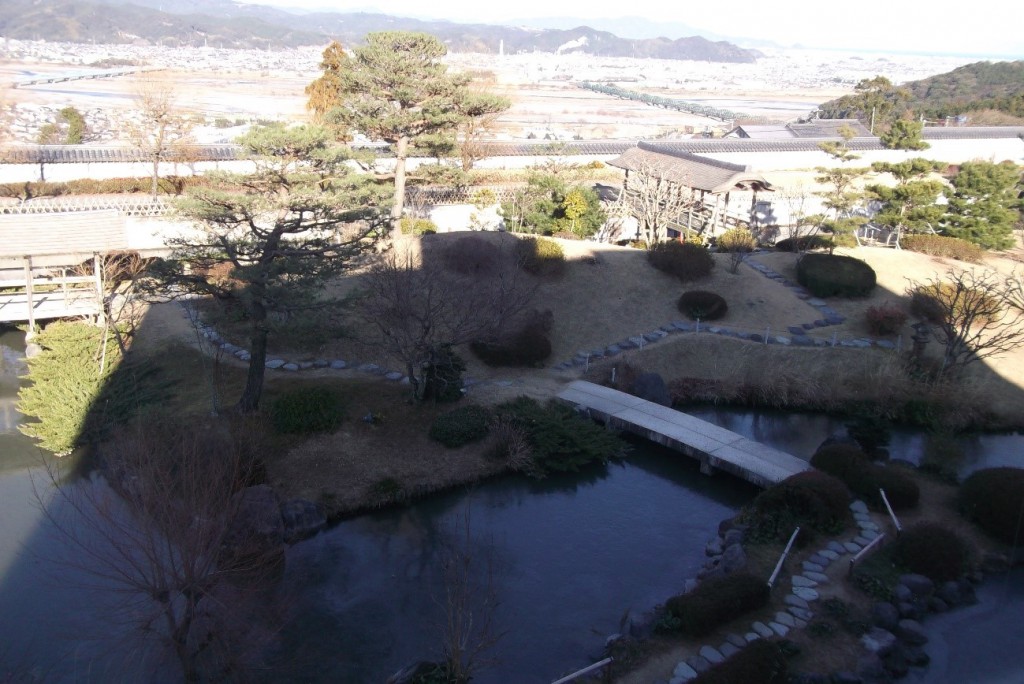
We looked over the Japanese-style garden from the museum building. I felt “Wabi”-grace and “Sabi” elegance from the garden.
Beyond the garden, we saw a nice view of Ooi River and Mt. Fuji.
After visiting the museum, we looked tea plantation managed by Yamamoto-san.
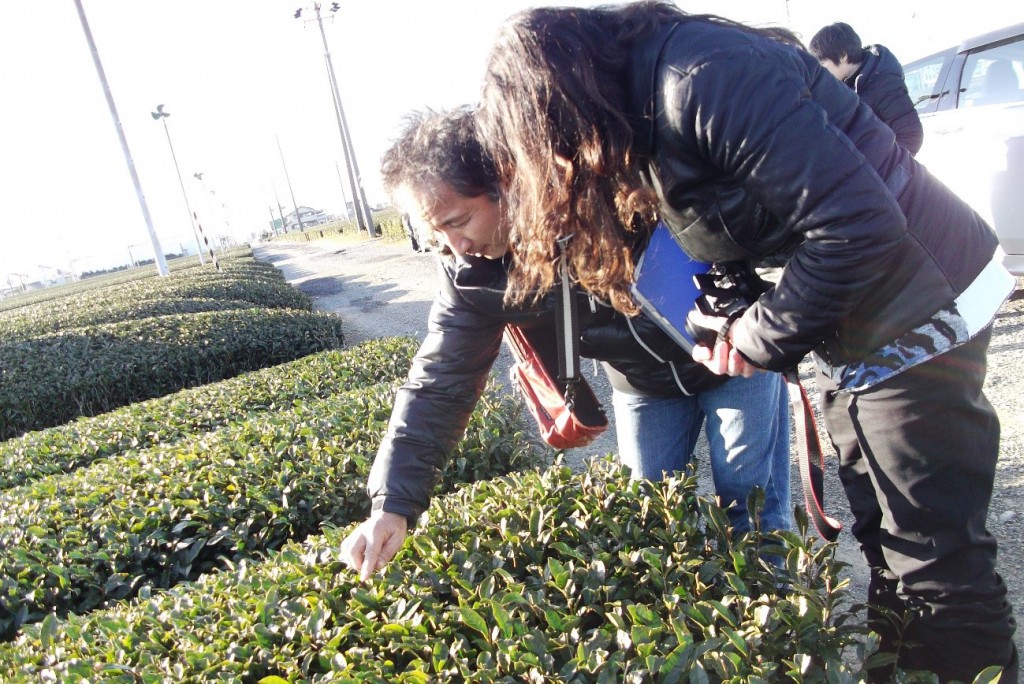
Yamamoto-san told Ms. Hardie the status of tea plants in this season.
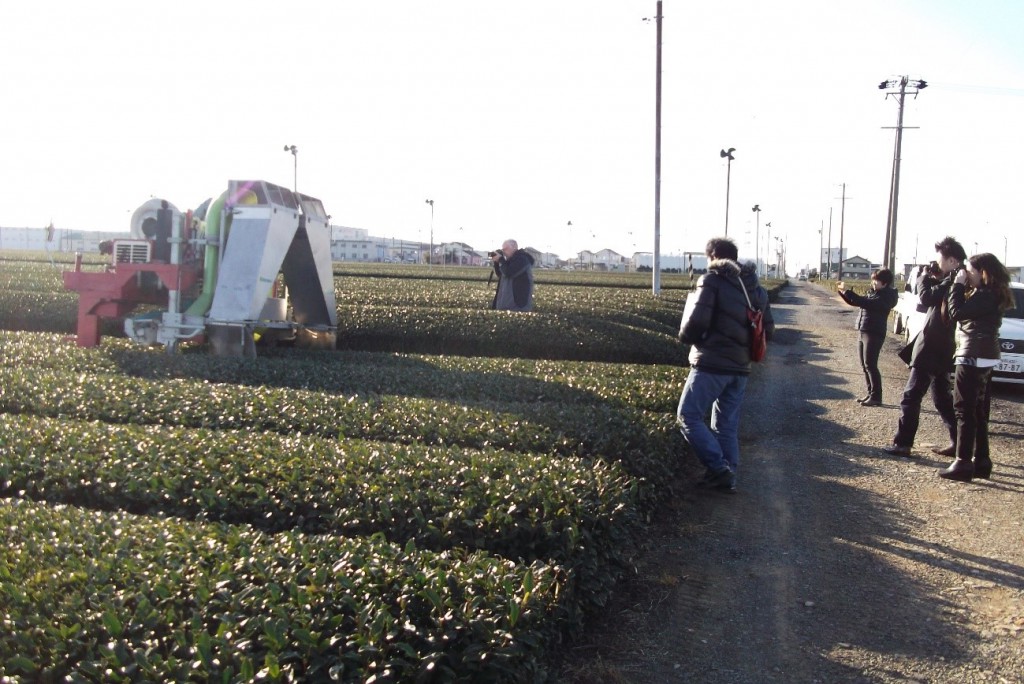
Fortunately, we could see the trimming by the machine, carried out by the colleague of Yamamoto-san.
Then, Yamamoto-san and his wife brewed his teas for us in his home.
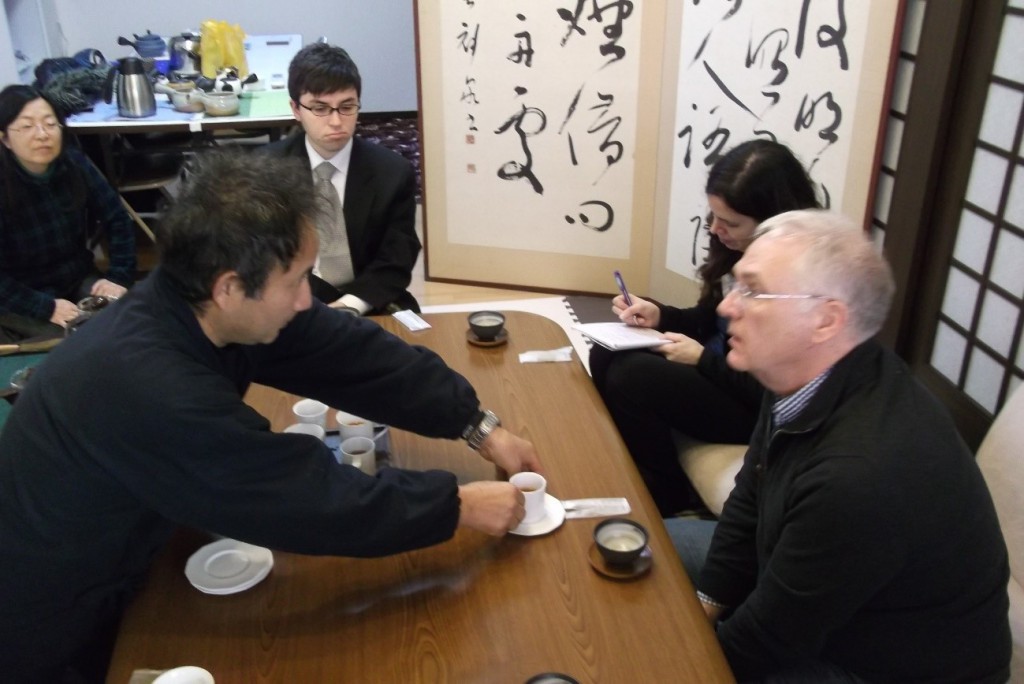
Yamamoto-san brewed two types of tea, green tea and black tea.
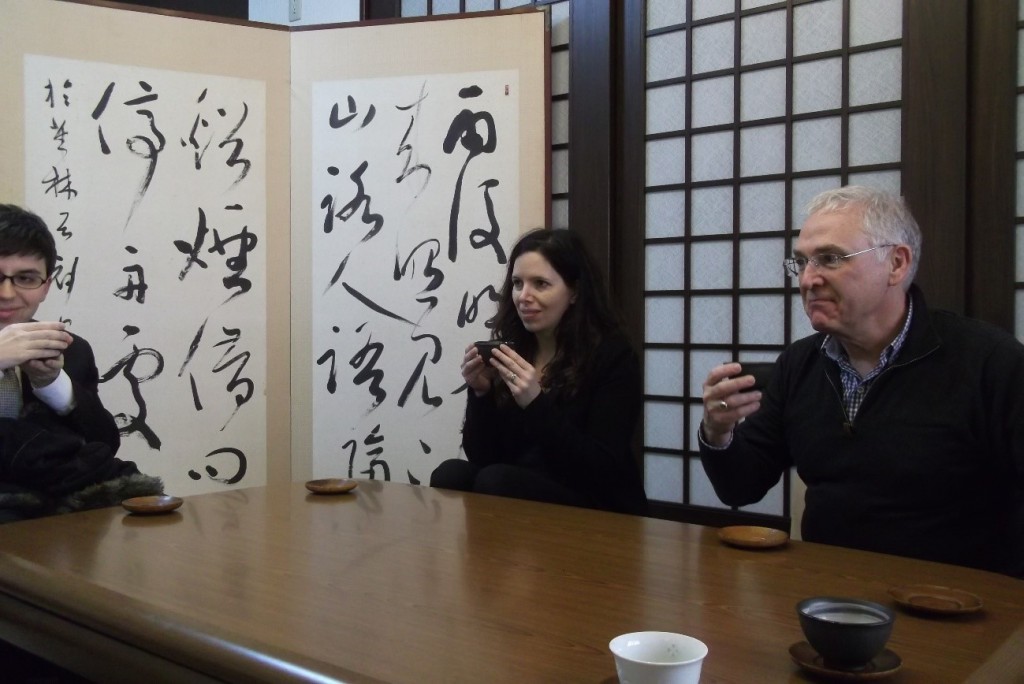
The guests seemed to be satisfied with the teas by Yamamoto-san.
Mr. Richardson said that he could feel terroir.
I thought also and felt unique and original bouquet from each tea, as mentioned at the page of “My Sweet Ambers“.
The last place we visited in that day was Shizuoka Prefectural Research Institute of Agriculture & Forestry Tea Research Center.
In this institute, we tasted the newest type of green tea resulted from the research project named as “the third generation Sencha”. In general, Sencha has lower aroma due to steaming in its production process, however, this new tea has a nice and more abundant aroma compared with general Sencha.

The director of the center brewed “the third generation Sencha”. The person with yellow cloth is a trainee from Sweden, Oscar Brekell.
Ms. Hardie gave a compliment the color of infusion is so nice. The color of infusion is clear as shown below.
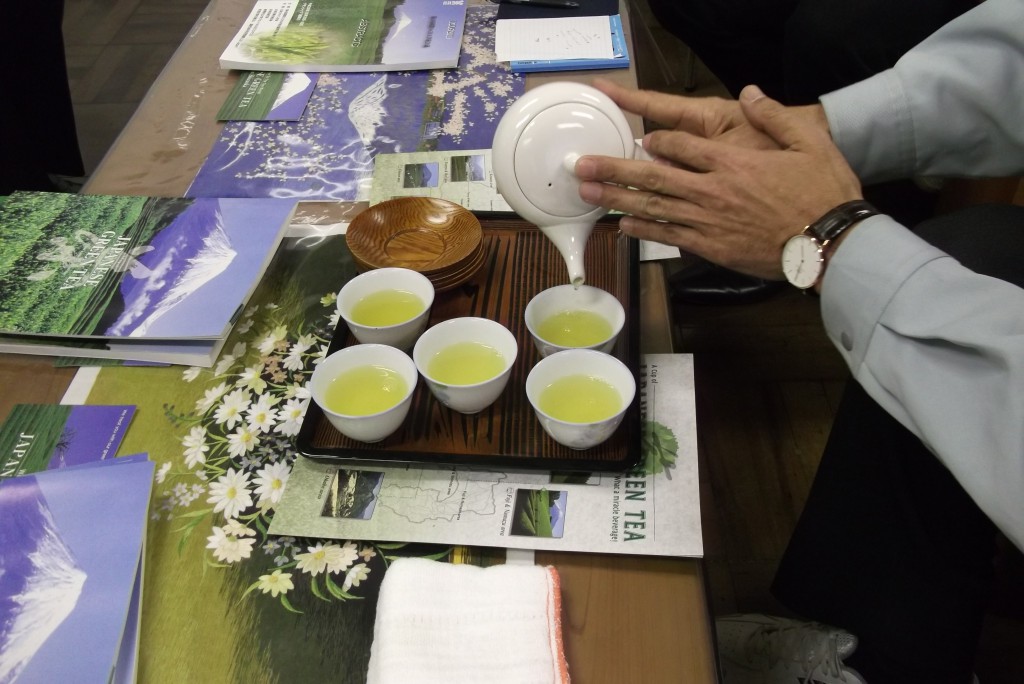
And then, the director of Tea Research Center and Mr Oscar introduced the laboratory, which is open to tea farmers in order to develop their technique and create new products.
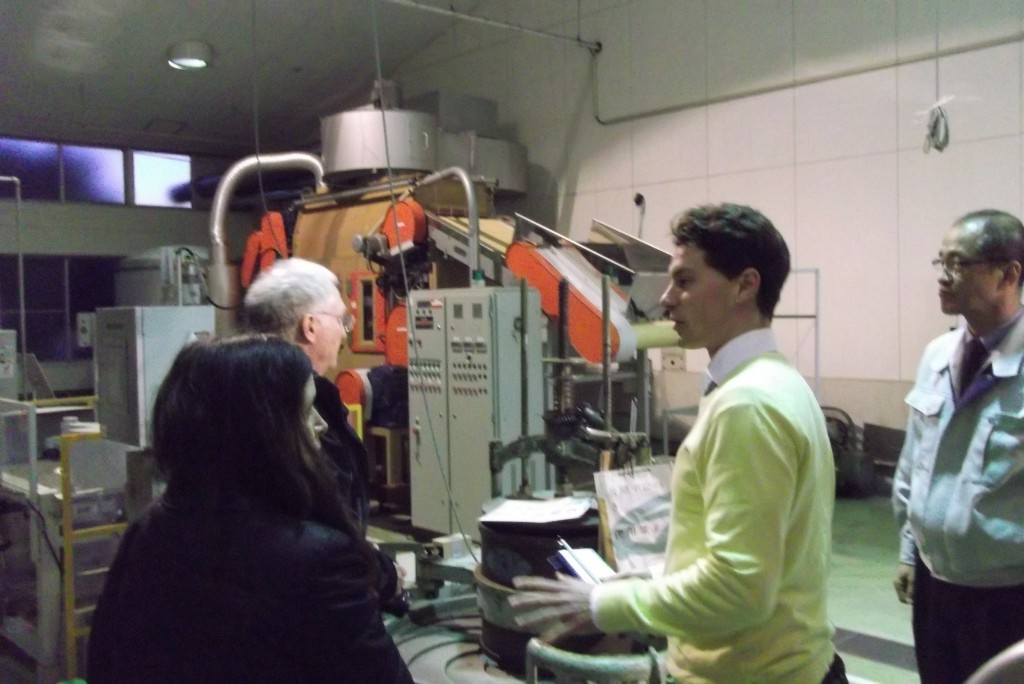
Mr. Oscar explained each machine in the lab.
The prominent guests seemed to be satisfied to the program to visit Makinohara. And hopefully, they will come to Makinohara area repeatedly.
It was a great pleasure for me to communicate and go along with them. Hopefully, I wish I will meet them again in Makinohara.
In the end, I’d like to say “Thank you so much for your visit! And, May Teas Fortune Be With You!”
